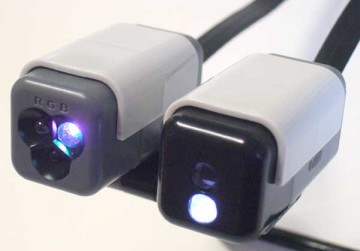Resellers and channel partners with their claws in the sensor market are going to experience a wide range of business opportunities, according to a new report.
 TechVision team have been shuffling their tarot cards and have decided that the sensor industry is pushing the boundaries of innovation by using a host of technologies that were previously considered unsuitable for the development of disruptive devices.
TechVision team have been shuffling their tarot cards and have decided that the sensor industry is pushing the boundaries of innovation by using a host of technologies that were previously considered unsuitable for the development of disruptive devices.
The steady rise in technology convergence in the electronics industry underlines a market shift toward personalisation and cost reduction, the report said.
Some of the new sensor technologies, such as advanced driving assistance systems (ADAS) and electronic skin, have resulted in novel business models and marketing strategies, accelerating the evolution of the electronics industry.
Frost & Sullivan TechVision Research Analyst Varun Babu said that trends such as miniaturisation, sensitivity, selectivity, self-diagnostics and interoperability are prompting advances in sensing systems across a wide range of industrial applications.
“The Internet of Things, too, will be a key enabler of advancements in sensor technologies, particularly in the sectors of healthcare, military and defence, automotive, consumer electronics, robotics and environmental monitoring. These technologies will aid early security threat detection, point-of-care diagnostics, reduced road collisions, continuous environmental monitoring, and building smart cities.”
The technologies in the sensors and instrumentation space have eased the entry barriers for new market players as well as opened up several growth opportunities for the existing ones. In addition to the disruptions, various funding options have brightened the prospects of existing players and encouraged greater R&D, Babu said
Frost & Sullivan TechVision Research Analyst Arjun Mehta said that various research institutes were working on developing sensors with multiple functionalities.
“In the near future, with the advancement of Internet of Things and its associated smart applications, demand for sensors is expected to increase, where these sensors can be integrated with flexible wearables and support energy harvesting applications.”





